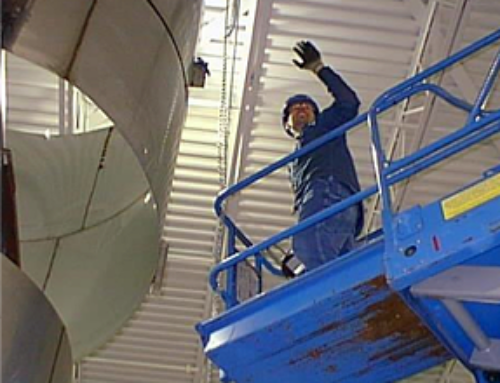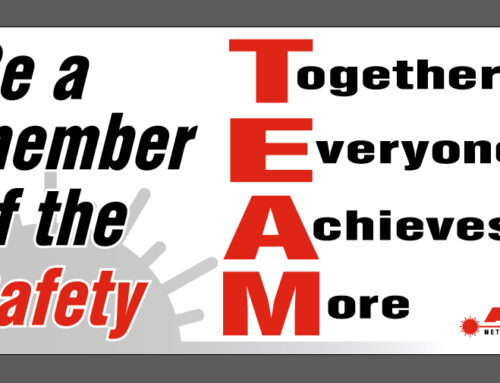Your actions could save lives, so don’t be a bystander when it comes to safety.
For many involved in the construction industry, fall hazards are a major concern when trades are performing certain tasks at height. Whether it’s your first day on the job, or you have over 20 years’ experience in the field; individuals cannot control or eliminate fall hazards without proper fall protection equipment and training. Providing the proper training needed, identifying fall hazards, and selecting the necessary equipment to help protect workers is crucial. Implementing best practices with fall protection will determine how effective employees conduct their work safely in relation to falls.
In 2012, a total of 3,945 worker fatalities were recorded, 36% were due to fall related incidents. As a result, fall hazards are the leading cause of death and one of the primary citations received by employers from OSHA within the construction industry. Trades exposed to such fall hazards would include roofers, iron workers, brick layers… and the list goes on and on.
Fall Protection training is a requirement for all companies that are exposed any fall hazards that exists. The effectiveness of your training program is how companies can distinguish themselves with a few tried and true best practices. Having employee involvement during training sessions is one of the best indicators in improving fall protection training. Having your employee’s address their own personal stories or the “Close-calls” and “near misses,” in which they have been witnessed to will help assist open discussions and gain interest with other attendees, to think of the “What-ifs.” Sharing this information with each other will not only have everyone on the edge of their seats, it will show why fall protection safety is so important.
Another key practice is hands-on training with fall protection. Continually reinforcing your classroom training with on location examples and give them not just the “how” but the “why.” These demonstrations will provide real-life scenarios to trade personnel, on when to apply fall protection and what steps need to be in place, prior to performing work. This can include an overview of the different systems that could be used, assessment of anchorage points, proper connections and how to use unique systems such as fall carts and horizontal lifelines in a safe and compliant manner.
Another best practice is having a group involved in reviewing the jobsite prior to any work that is not yet underway. This gives the group an understanding of what work will be taking place, the hazards involved and what solutions can be made to prevent workers from the exposed hazards. Examples would include eliminating PFAS on the site by installing guardrails around the perimeter, thus eliminating trip hazards from lanyards or other devices typically used with PFAS. The group is able to address the best suitable measures necessary in a comprehensive fall protection plan, mitigating possible hazards that might exist on the job site.
Getting your employees home the same way they came in is your top priority. By providing the statistics, tools and best practices over fall protection safety, your employees will have a better understanding on just how important fall protection is, no matter how long the job might take.




